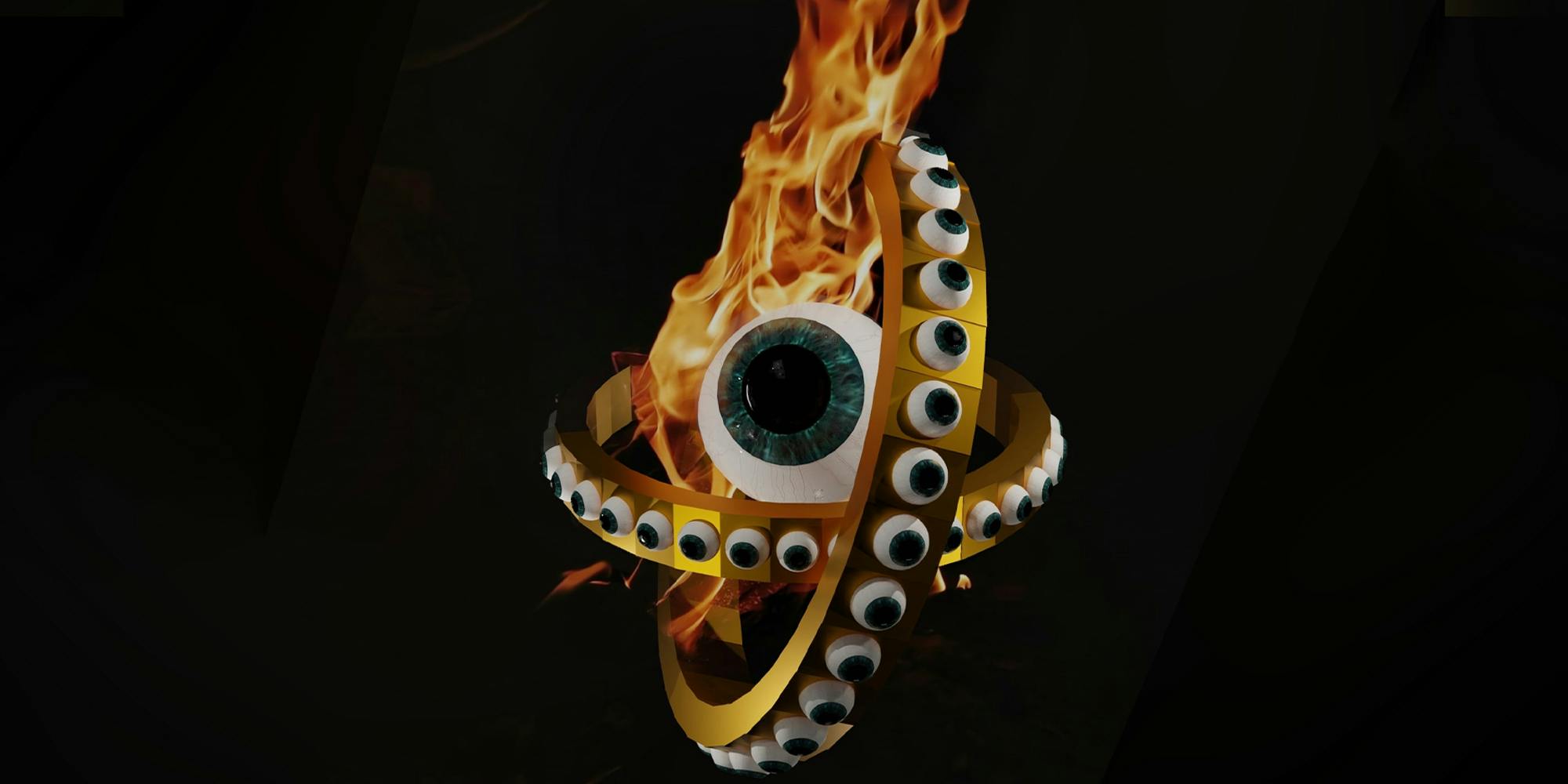
“Biblically Accurate Angels” memes juxtapose the serene, human-like representations of angels in Western art with their more intimidating descriptions in the Bible. This contrast sparked a trend in internet culture in which users transform ancient religious imagery into popular memes.
Origin of ‘Biblically Accurate Angels’
The concept of “Biblically Accurate Angels” gained initial attention with a 2010 Cracked listicle and a 2016 Tumblr post by user, revelation19. These sources highlighted descriptions of angels in the books of Ezekiel and Daniel in the Bible, which portray angels as entities far more surreal and intimidating than the gentle beings seen in traditional Western art. The Tumblr post that showcased these descriptions went viral, accumulating over 420,000 notes in four years.
Angels in the Bible
byu/mike_pants intumblr
Following the Tumblr post, the concept spread to other social media platforms like Imgur and Reddit. However, it wasn’t until 2020 that the idea fully blossomed into a popular meme. Jokes comparing biblical descriptions of angels to their artistic interpretations started circulating widely. These memes were often accompanied with the phrase, “Be not afraid.”
— Shen Comix (@shenanigansen) July 29, 2020
In 2020, the meme saw a significant resurgence, thanks to a Swole Doge edit posted on Reddit’s/r/me_irl. The post combined the Swole Doge meme with the “Biblically Accurate Angels” meme to, once again, humorously contrast the intimidating appearance of biblical angels with their serene artistic counterparts. This resurgence led to new formats for the meme, including artistic representations of biblically accurate angels and various adaptations in comics.
me_irl
by inme_irl
Angels, according to the Bible
Biblical depictions of angels are strikingly different from their counterparts in Western art. Cherubim, for example, are described in the Book of Ezekiel as having four faces (that of a lion, ox, eagle, and human) and straight legs with bull hooves. The prophet Isaiah describes Seraphim as six-winged beings, emitting holiness and instilling fear. Ophanim, or “the wheels,” described by the prophet Ezekiel, are depicted as interlocking wheels covered with eyes.
Meanwhile, the depiction of angels throughout the majority of Western art, has been of beings that resemble humans, usually with a halo, sometimes wings, and bathed in holy light.
i just wanna say i’m really enjoying the ongoing meme discourse on biblically accurate angels pic.twitter.com/0jVUYoGDQF
— Zack Harold (@ZackHarold) November 29, 2021
While this meme is entertaining, it also serves as a commentary on the evolution of religious iconography. The serene, human-like depictions of angels in Western art are a stark contrast to their written descriptions in the Bible. This discrepancy raises questions about cultural interpretations and the transformation of religious figures over time.
Colleague asked me for an image of an angel for a project and I'm snickering imagining the "biblically accurate angels" meme pic.twitter.com/dmqst5px8k
— Alexa (@miss_articulate) November 30, 2022
The impact of the ‘Biblically Accurate Angels’ meme
The “Biblically Accurate Angels” meme has provided comic relief and encouraged discussions about religious texts and their interpretations. They have also led to a broader understanding of how religious and cultural narratives evolve across various mediums.
Just wanna say that the resurgence of interest in biblically accurate angels is making this shitty year just a wee bit better.
— "Shut up Tav." (@TavorieWrites) November 21, 2020
(I stole this meme from reddit) pic.twitter.com/E47e8wbJWf
These memes offers a fascinating glimpse into the intersection of religion, art, and internet culture. They challenge preconceived notions of what angelic beings might look like, encourage a deeper reading of religious texts, and highlights the dynamic nature of cultural symbolism. As the memes continue to evolve, they remains a testament to the enduring fascination with the mystical and the unknown in human culture.
Sign up to receive the Daily Dot’s Internet Insider newsletter for urgent news from the frontline of online.
Source: https://www.dailydot.com/news/biblically-accurate-angels/